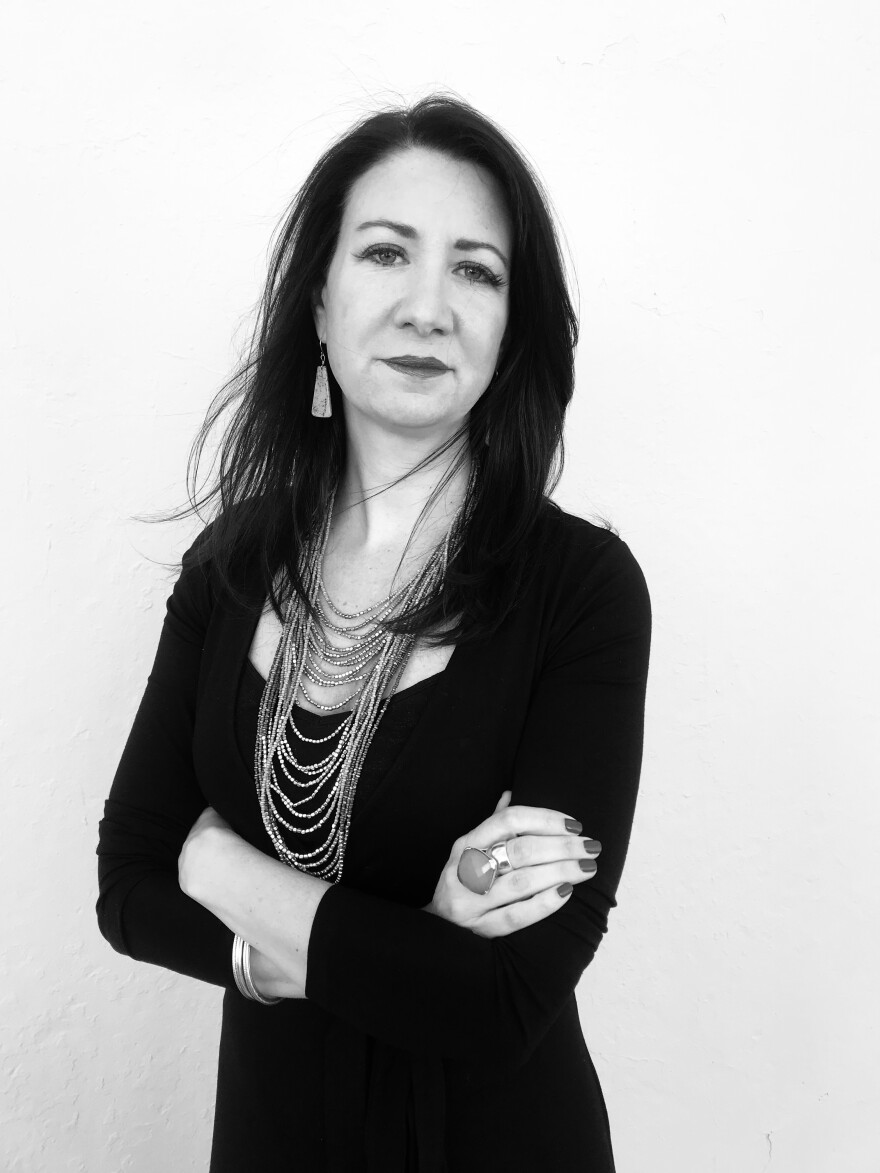When an insurrection mob violently pushed through the entrance of the Capitol building on January 6, the American Alliance of Museums issued a statement condemning the violence that occurred. They did so because the Capitol is more than a workplace, it's a living museum.
Wyoming Public Radio's Naina Rao spoke to University of Wyoming's Art Museum director, Nicole Crawford, on her perspective regarding the aftermath and effects the insurrection has made on art, history, and museums.
Nicole Crawford: I think my initial reaction was shock and fear. The Capitol is right on the National Mall and all the museums are right there. So, if it's starting there, the fear of things spreading any sort of violence can turn into vandalism. And, you just don't know what the potential of that might be. And I think that was the scariest part, is [the] unknown for that whole area. And what that means for the museums there.
Naina Rao: I didn't think of the Capitol as a museum and, sort of like a keeper of culture in a sense. How would you sort of explain to folks that don't really understand or aren't aware that the Capitol is more than just a workspace?
NC: Well, [the] first thing you think about is the art and the artifacts and the objects and the building itself because the building is a historical building. And so, we should think of it as a museum or even as its own object in a way because it has such a history. So, when people are coming into a space, in an unregulated way, you always worry about what happens to the artwork, the paintings, the sculptures, if you've ever been there, you can see the paintings are very large.
So, the idea that somebody was going to grab one of those big paintings off the wall and take it, wasn't the biggest concern, it was probably more of a concern of things being damaged and destroyed. And these artworks and objects are irreplaceable. Think of past presidents lying in state there. I mean, the history is really rich, and it's such an American history. This building is, you know, it's a symbol of what the United States is. You're not going to find this in any other country, right? It's the US Capitol building.
And it does have its own curators. So, the artwork that's there is pretty significant. Most people just think of it, as you said, as a place of work and business and where things happen. But it is a keeper of American culture.
NR: What are some things that you saw from the mob that you were sort of shocked, and also a bit alarmed and worried, especially related to the artifacts? Because I know there were some pictures of a glass frame that was broken on the floor, based off of that, what were some of the images and the scenes that struck you? And you were like, 'Oh, my God, that's a sin.'
NC: Well, in museums, we always have disaster plans. That's just part of who we are. Because we are the keepers of culture and history. So, we always have that in mind. And I think for me, as soon as I see something breaking, especially windows breaking, it's alarming, because that can continue on inside the building and with the artifacts and objects and sculptures.
So, I think that's the most alarming point is, once it escalates that far we don't have disaster plans for this. Usually, it's for earthquakes, or fire, or water damage. So maybe this is something new that we're going to write into our new disaster plans in the museum field.
NR: The American Alliance of Museums put out a statement of violence at the U.S. Capitol. And why do you think it is important for museums to respond this way?
NC: Museums, we're really a close-knit community, and we really take care of our own. And it's up to us to help each other out. Just the fact that you mentioned you didn't even think of the museum or the Capitol as a museum. So, it's important for other museums to step in. And one: remind people that buildings like this are historic and should be thought of as museums. And two: museums have that knowledge to help other museums out.
NR: Why is it very important for museums to exist everywhere, globally, and for people to consider it as important?
NC: Museums are important because we are the keepers of culture. We have culture and history. Because, we have the objects that are really old, and we can care for them. Early civilization, we have those objects. We can learn from those.
Museums are [an] important spot for learning, and education, and not forgetting the past and even looking to the future. If you go to an art museum and you see contemporary art, you might get a more understanding about current times and what's happening now. Or maybe it'll help you reflect on the past, and how that affects how you live your life today. I think about going to the National Museum of African American culture and history in Washington D.C., and how much I've learned going there and realizing how much those events that I saw there in those exhibits impact our daily lives today, and how things have changed.
So, it's a learning and an educational experience. But it's also fun and interesting. We don't have to think of it as like the school field trip that we had to go on as a kid. Museums can be a fun and interesting place to go to.








